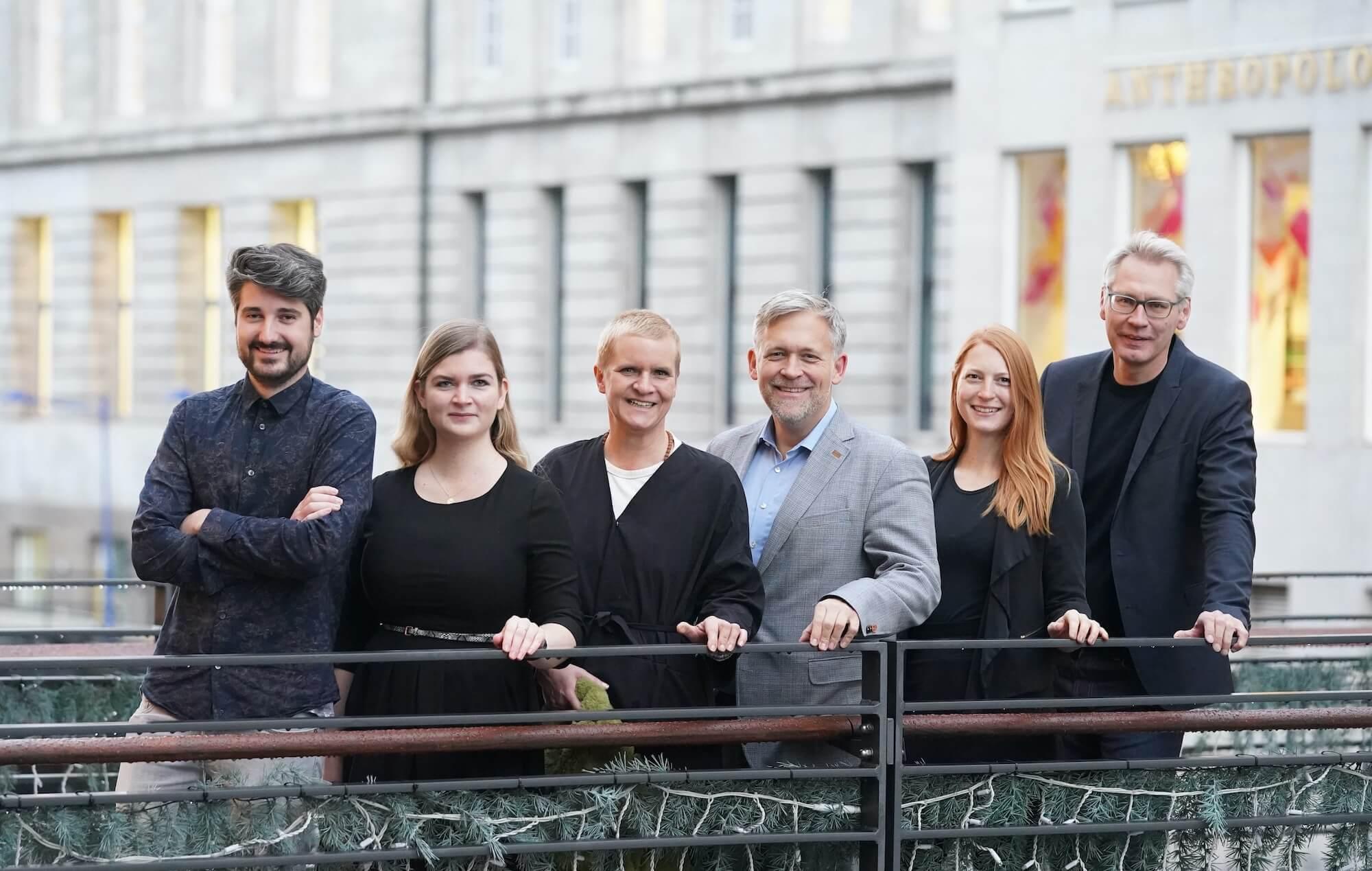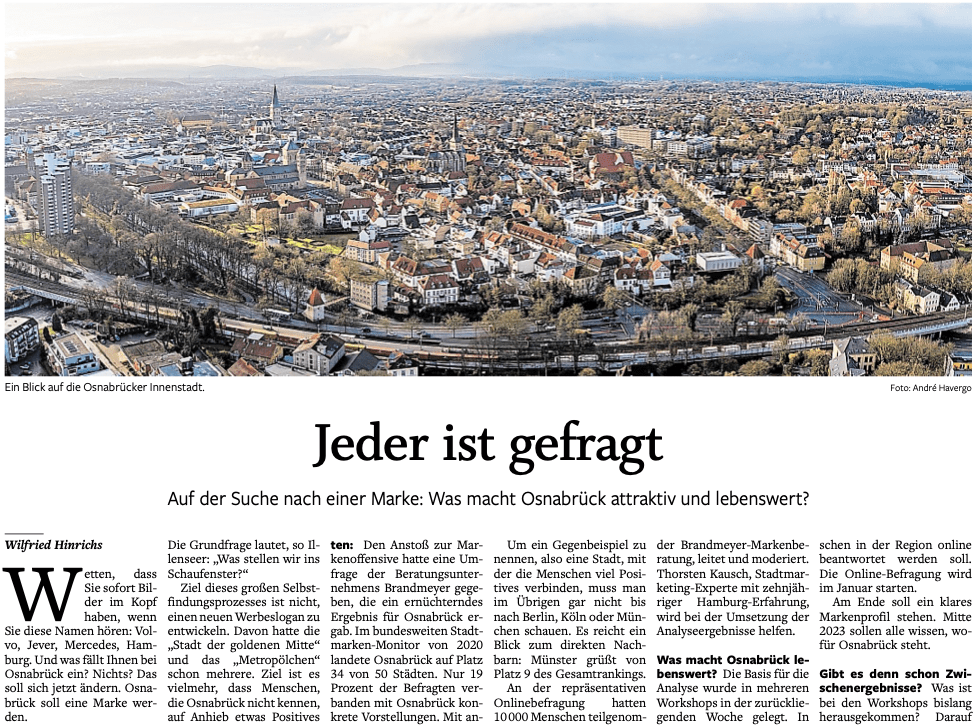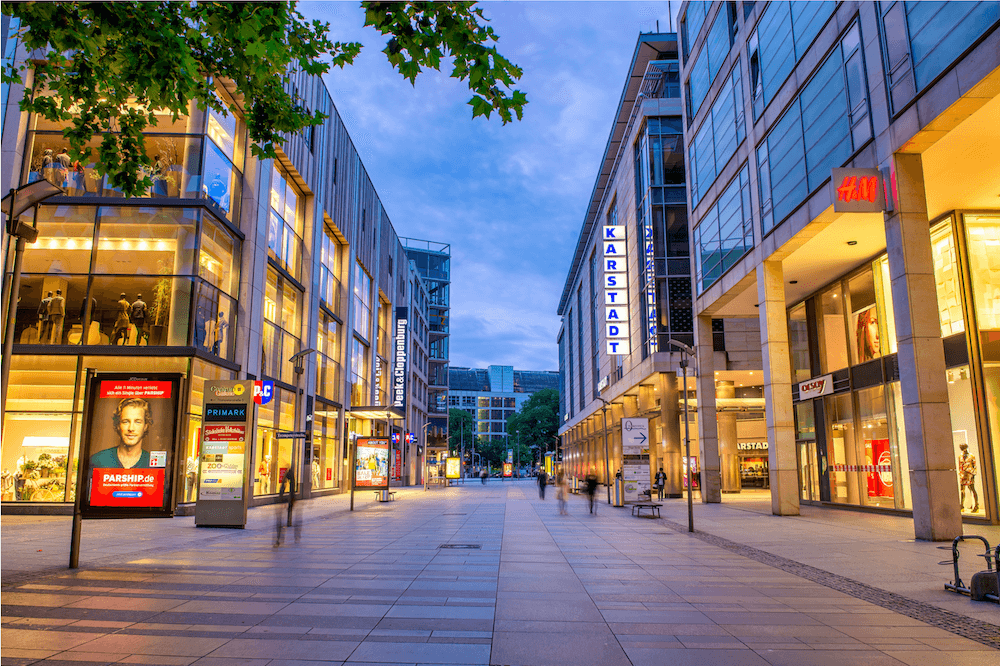CONTENT
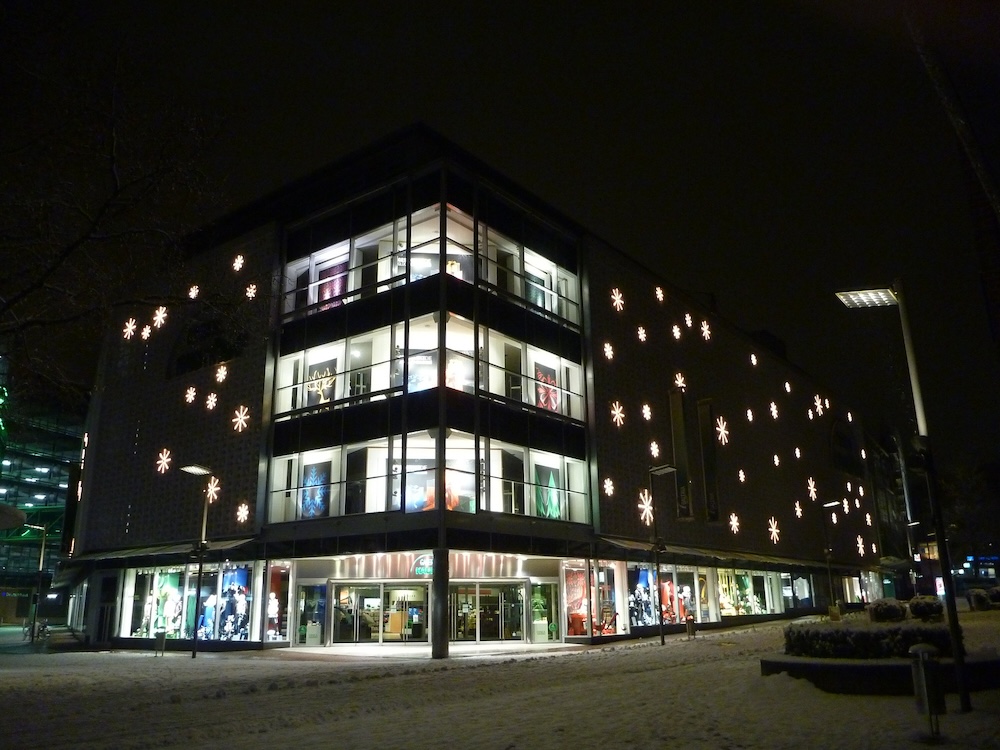
Vacancies on a large scale: When department stores close
More and more department stores are being closed and more and more large properties in German city centers are standing empty. As part of the takeover of Galeria Karstadt Kaufhof (GKK), which has now been decided, the doors of further locations will close this summer. The owners of the properties are faced with the challenge of finding new occupants, while city centers are threatened with a loss of appeal and the emergence of new vacant locations.
There are examples of successful transformations of such large properties, but it is clear that every solution is as individual as the character of a city. Copy-paste will not be an option anywhere. The time has come for proactive city administrations.
Abstract:
Many cities are struggling with vacancies in large properties. The best-known example is the former Galeria Karstadt Kaufhof department stores. Retail expert Mathias Sander shows which approaches and opportunities city administrations can now take advantage of.
Impact on retail, city centre and real estate industry
Nostalgia does not overcome crises
As is so often the case, when people talk about the crisis in department stores, it is primarily the retail aspect of this crisis that is highlighted. Yet this is anything but new. The relevance of department stores as a competent shopping destination has been in free fall for decades.
Older people in particular look back with nostalgia on their beloved department store, a form of business that is now unfortunately no longer in keeping with the times and can no longer be operated economically in many places, meaning that they are being closed and people are losing their jobs. Taking Galeria Karstadt Kaufhof as an example, 1,400 department stores are now set to close again, and 16 more will close by the end of August 2024 as part of the takeover by the investor duo Bernd Beetz and Richard Baker. To be continued.
“You see the sun slowly setting and are still startled when it suddenly gets dark.”
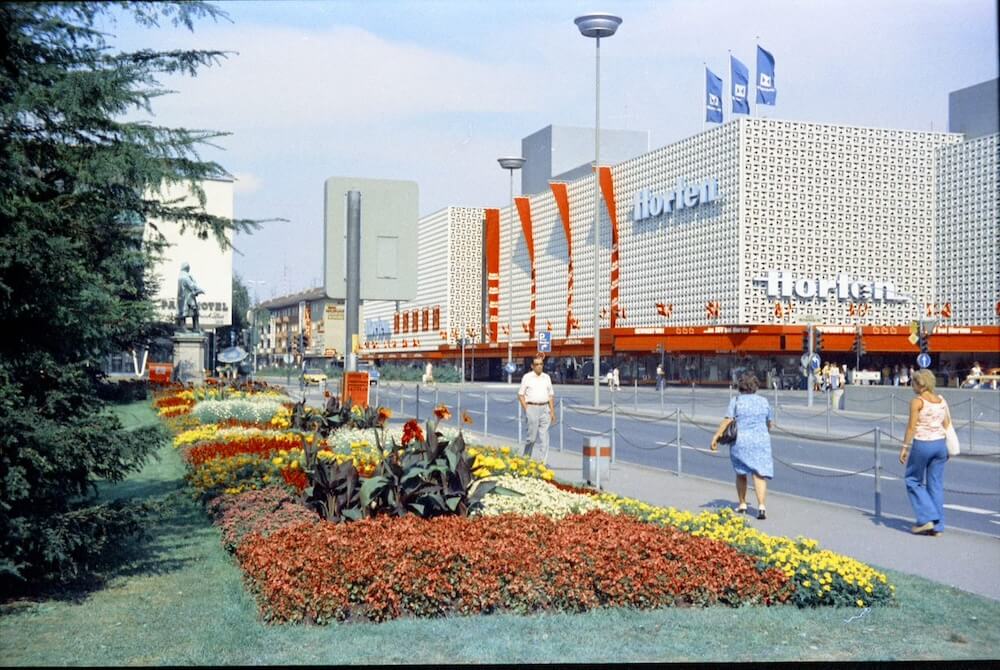
Large property in Reutlingen: formerly Horten, now Galeria Karstadt Kaufhof – and in future …?
City Archive Reutlingen, Photo: E. Maier
German city centers in an identity crisis
The effects on German city centres of the closure of large department stores are discussed up and down. Existing and impending vacancies of large, cityscape-defining key properties in prime locations, the vicious circle of the loss of footfall and the associated loss of visitor attractiveness leads in a downward spiral to a increasingly weaker retail offering and an increasingloss of loss of importance and identity of the city centre as a as a shopping location.
“Department store to let”: The real estate industry’s problems with vacancies
Everyone involved is aware of this, but it is rarely mentioned in the abbreviated public discussion. real estate aspect of the crisis: there is considerable vacancy, which can often only be filled inadequately despite excellent locations, because subsequent use concepts can rarely be depicted as profitable investments.
So-called single-tenant secondary uses for department stores, i.e. lettings to just one main tenant, no longer exist in the large retail sector – with the possible exception of furniture stores. Alternative uses (office, hotel, residential, culture, entertainment) or even a mix of uses (mixed-use) generally require investment in the building structure, but still do not achieve rents comparable to retail, especially on the upper floors that have been abandoned by retailers.
Problem of the real estate industry:
Both the sale and re-letting of vacant department store properties is currently an extremely difficult task with mostly unpromising profitability forecasts.

Difference between department store and shopping center (picture): Department stores are designed for one operator (single-tenant), shopping centers for several tenants (multi-tenant)
Operation Vacancy: What city councils can do
What opportunities do cities have to exert influence and what instruments and skills do they need to use their influence on the overall process surrounding large-scale real estate in the long term?
Act before vacancies become a standstill
The real estate industry cannot be forced to abandon the profit orientation of its core business in order to quickly fill the property. On the other hand, continuously sitting out the poor market situation in some cities not only leads to vacancies, but also to a standstill, a backlog of investment and, in the worst case, to a visible decline that can permanently jeopardize the individual location qualities surrounding the large property. Owners should not shirk this responsibility in their own – especially long-term – interests.
Cities should (if they have not already done so) urgently seek and maintain contact with the owners of every key property. Unfortunately, the current market dynamics in the retail sector point to further closures of large spaces – currently, no key property can be considered safe.
The market dynamics point to further closures. At present, no key property can be considered safe.
Aiming for individual solutions
All those responsible must be aware that although there are some good examples for the reuse of large properties, there is no blueprint. Owners, reputable consultants and real estate professionals can’t just shake standardized solutions out of their sleeves. If this is the case, it should be viewed with a large dose of scepticism, because standard solutions – as with city centre management – never offer the right answer to (location) individual problems.
Determine the starting point and target image together
As a first step, it is important to understand the interests of the owners and to develop an ideal vision for the city itself . Through regular exchange, these points of view should be brought together in a vision that is supported by all those involved. In particular, the following issues need to be clarified:
- the investment perspective of the owners (hold or sell?),
- the city’s willingness to act (acquisition of the property conceivable?) and
- the medium-term utilization and design prospects of the property.
The formulation of a professional vision, taking into account the needs of urban society, is a crucial building block in order to secure an active role for the city in discussions with the owner and to define incentives.
Figuratively speaking:
If the search for the best subsequent use of a department store property is seen as a kind of blind flight , then the owner is the pilot and the city is the co-pilot. This means that cities have opportunities to exert influence.
Contributing local expertise as a city
As a rule, owners are very quickly provided with some kind of location report, usually with a high degree of generalization, which references national or even international comparative values and makes global recommendations for action. These reports are extremely helpful for an initial assessment, but rarely include an appropriate assessment of the individual circumstances of the location.
A well-positioned business development agency or a strong city centre management team knows the most important regional players in the city and neighboring towns and adds local specifics to the analysis that are necessary to give the property a new and sustainable profile. And they have good contacts with local opinion leaders, potential regional buyers and users. This enables the city administration to open up valuable marketing channels to which institutional investors and national estate agents have little access.
Support in the process: Offer a contact person for owners
Change of use permits, fire safety requirements, building permits – a wide range of official inspection procedures are unavoidable in the course of a repurposing concept. The uncomplicated, time- and cost-effective implementation of these procedures is a decisive factor in being able to reposition the property quickly and is therefore in the joint interest of the owner and the city.
The opportunity for the city lies in offering a contact person who can navigate owners effectively and purposefully through the necessary administrative procedures of the individual authorities and establish a resilient relationship of trust.
Large vacancies = great design opportunities for cities
The market situation has rarely been more difficult; on the other hand, the opportunities for cities to shape the market have rarely been greater. The same applies to the willingness of owners and project developers to cooperate. The preservation and revitalization of city centres is more than ever a joint task. Cities can justifiably demand that owners of key properties take responsibility for the quality of the overall location. However, this goes hand in hand with the obligation to actively, competently and helpfully support the necessary development processes on their part.
Conclusion:
The challenging situation opens up scope for cities to scope for innovative solutions and fruitful cooperation. The key to success always lies in the individuality of the concept. Standardized procedures and solutions are strongly discouraged.
“Do not pass by,
what was is transformed.”

Mathias Sander
is the expert for retail, property management and sales strategies at Stadtmanufaktur









